Assignments
1. Principles and practices
2. Project management
3. Computer Aided design
4. Computer controlled cutting
5. Electronics production
6. 3D Scanning and printing
7. Electronics design
8. Computer controlled machining
9. Embedded programming
10. Mechanical Design
11. Input devices
12. Molding and Casting
13. Output devices
14. Networking and communications
15. Interface and application programming
16. Wildcard week
17. Applications and implications
18. Invention, intellectual property and income
19. Project development
16. Wildcard Week
Assignment:Design and produce something with a digital fabrication process (incorporating computer-aided design and manufacturing) not covered in another assignment, documenting the requirements that your assignment meets, and including everything necessary to reproduce it. Possibilities include but are not limited to wildcard week examples.
Planning and prepping
To start this assignment, I was eyeing our computer controlled hot wire cutter, the FiloCut. This one would be perfect for my ground pieces!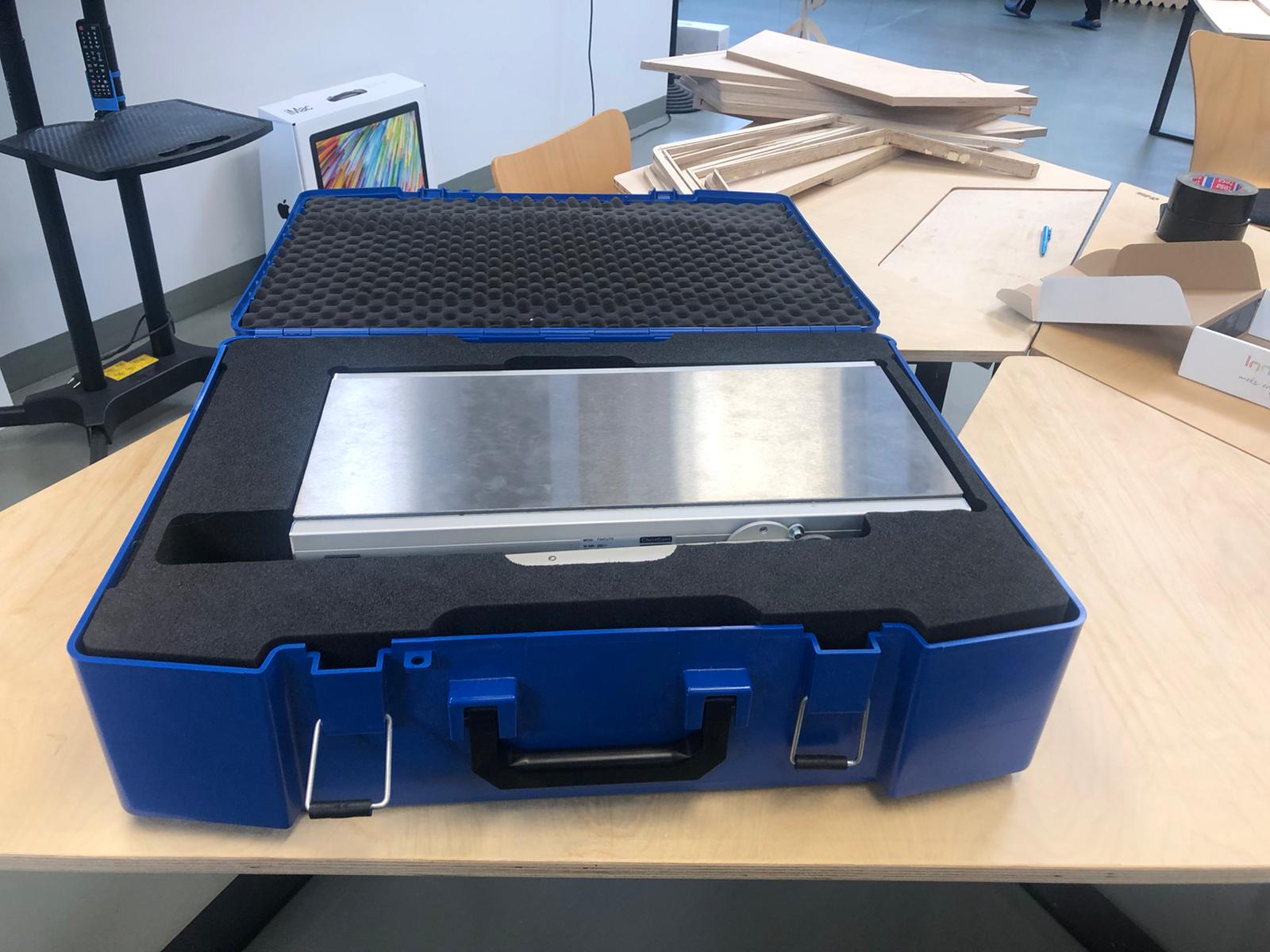
So I made a svg design in Inkscape which I plan to cut out. I exportet it as a dxf:

The first thing after that was that I needed to install the program for it that came with the cutter. A little bit oldschool. It's called FiloCam.

And this is the machine set up! First a little test piece.

Secure your piece of foam with those backet thingeys.

Now we can dive into the program! First we check the connection. You'll find the option for it on the top bar. If it's connected it will tell in the terminal on the bottom of the program.
 We can load our dxf files into the program.
We can load our dxf files into the program.

I wanted to make a test cut at first. So I quickly made a cat head to test it. After importing, it immediately opens an edit window where you can set and delete traces and add or delete points. I just use the add and delete function for now.

And here you can see once it looks finished (those are my finished floor pieces).

Cutting
With the tiny FiloCut symbol you can send it to the cutter and with the stop symbol you can stop it.
And this is the cut out cat. A little mistake happened. The material was so thin that it flew away after cutting and directly into the hot wire. That's why its missing a piece. I'll keep that in mind for my cut.

Now to a big thicker piece. I actually used two boards stuck together so that I can make two corners at once.
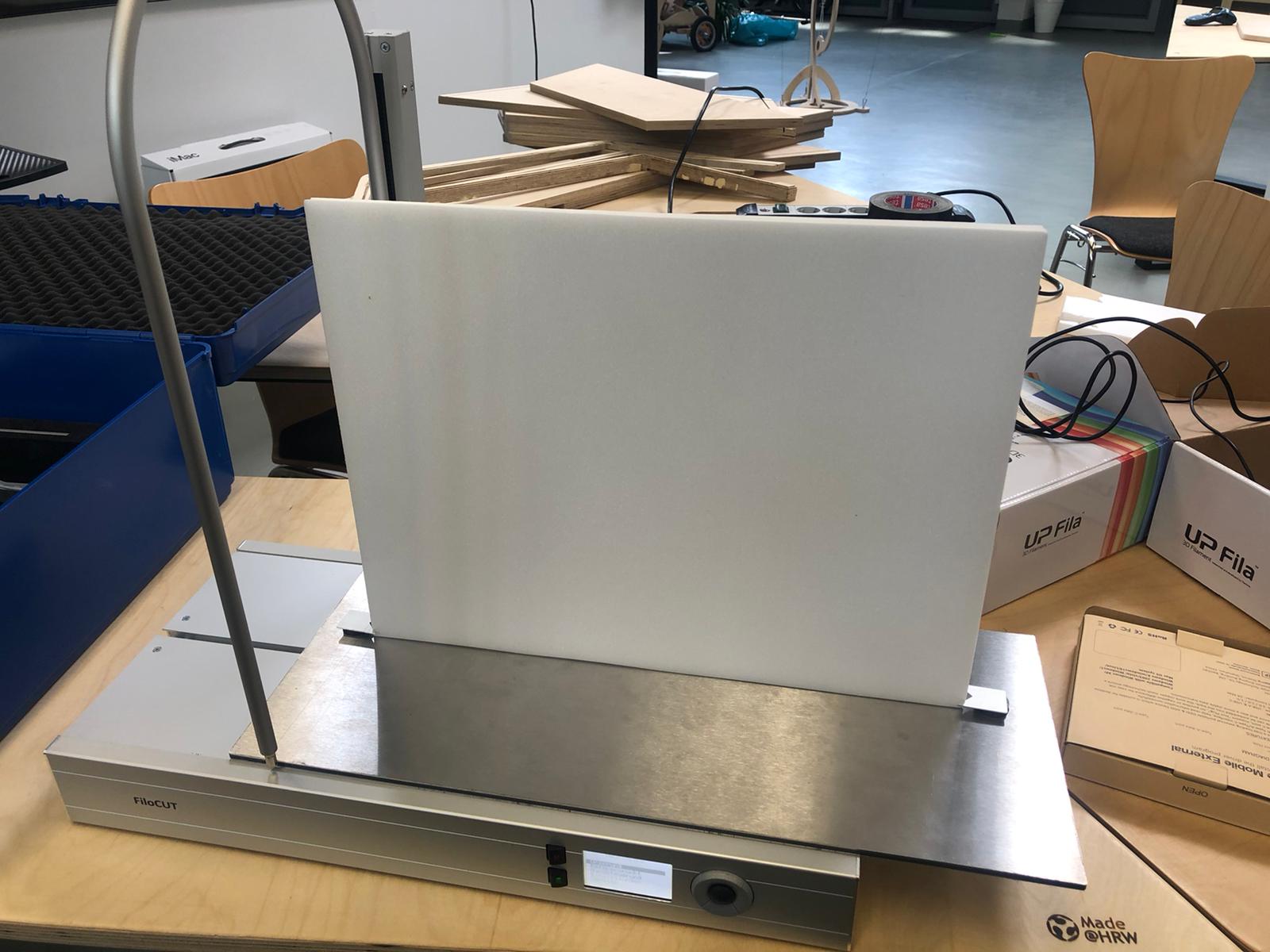
Results!
Here are they now! Ready for foam friendly glue!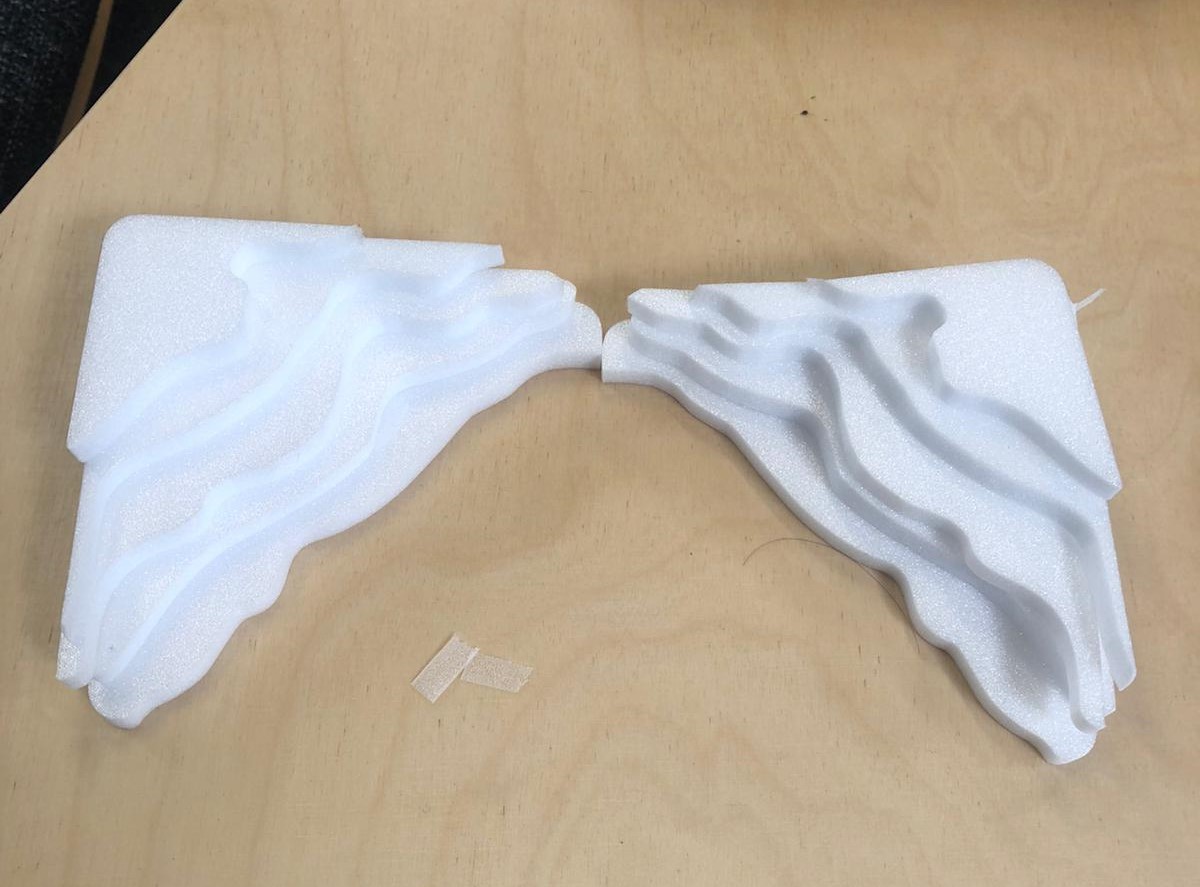
I decided to use this Gras-Master 3.0 for flocking my corners. I'm not sure if this is available outside of German speaking countries. But I've seen an Australian using this so maybe it's possible. I sadly don't know where he got it. It is a cool device which creates an electrostatic field where the grass stays upright. It looks so much more realistic that way.
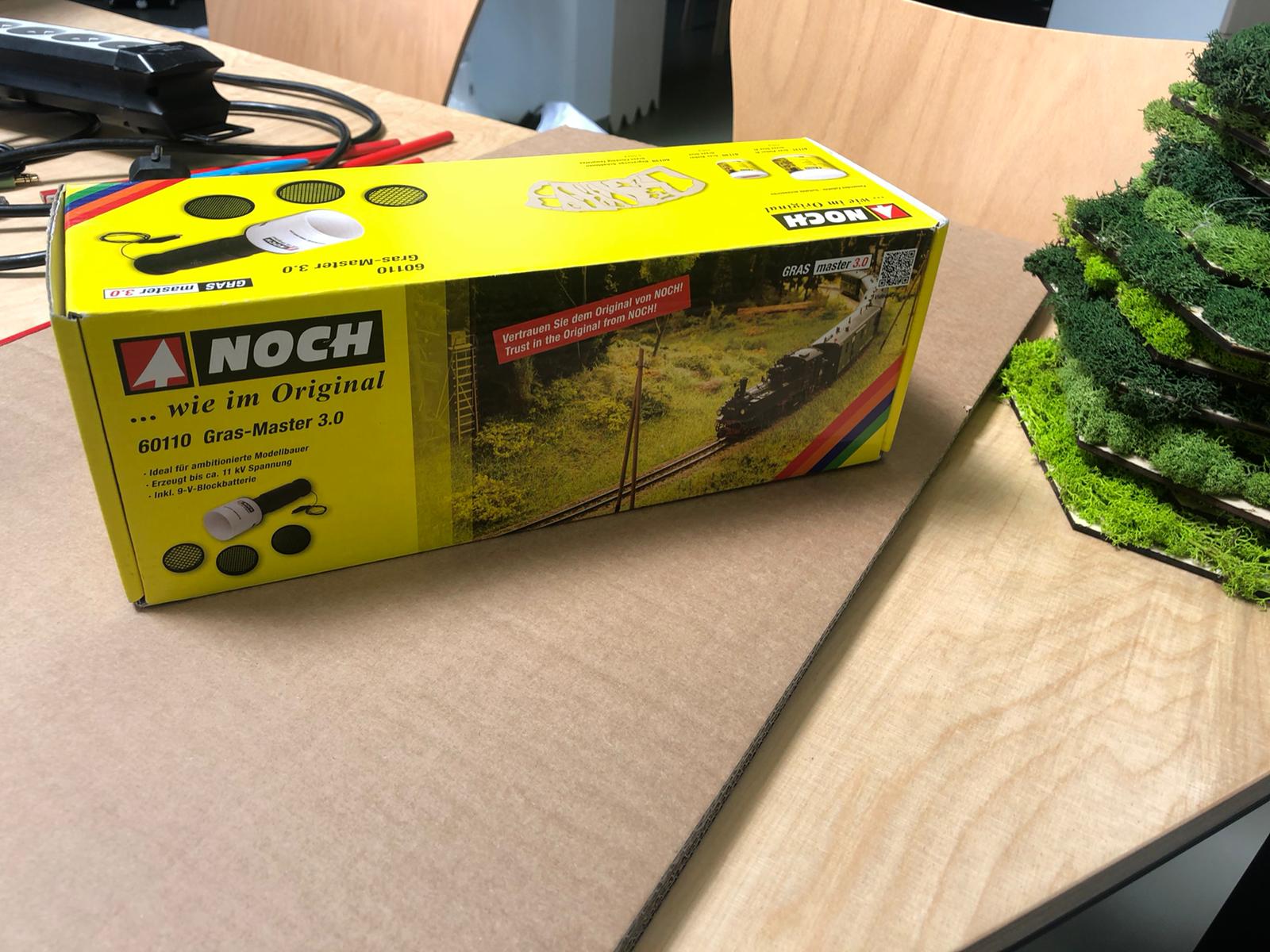
Now I just slather some electrostatic friendly glue on (like wood glue or special electrostatic friendly glue). And I need a conductive material for the GND line of the device. I connect it with the included clamp which is attached to it.
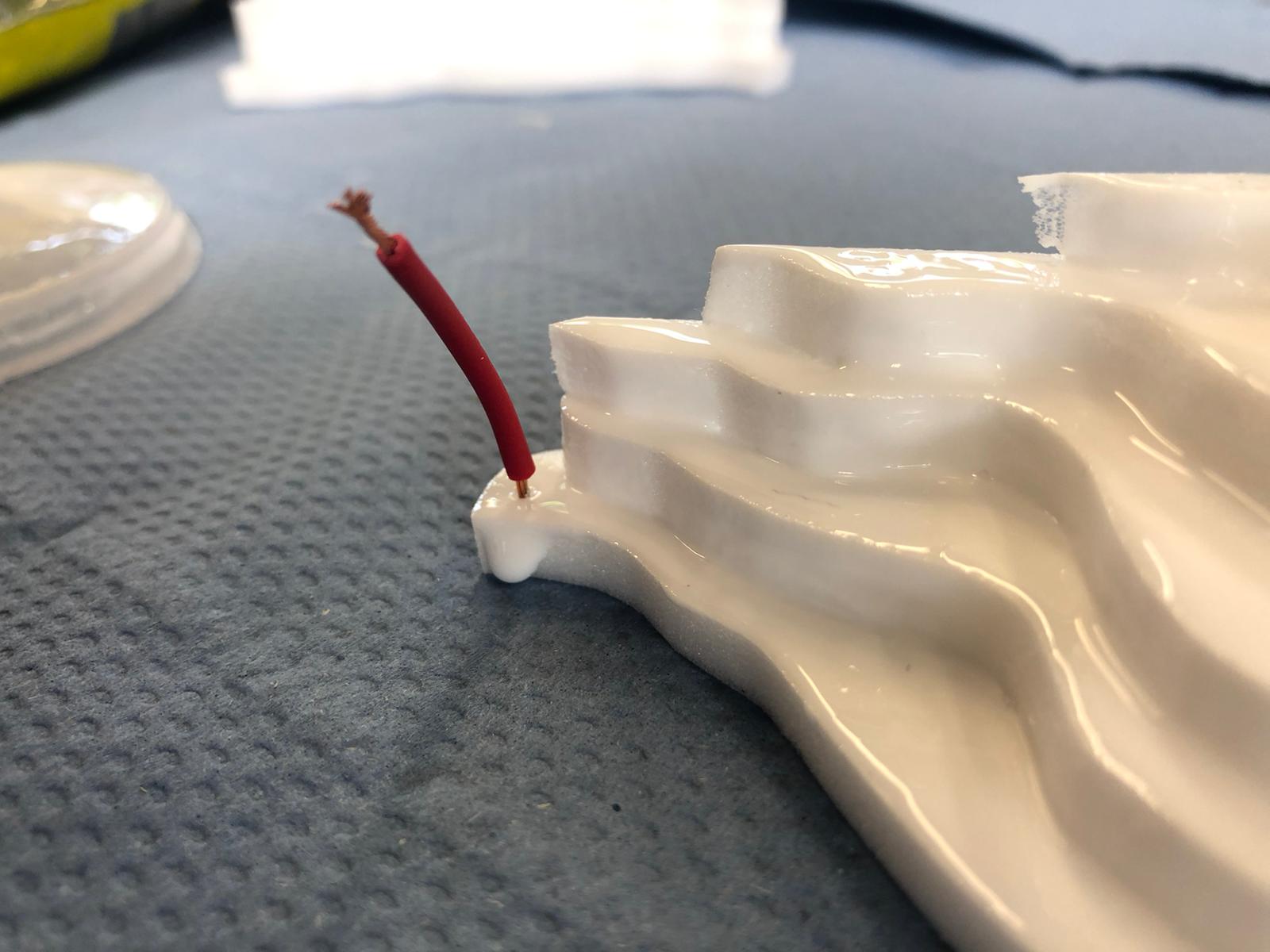
Wow looking really fancy! Now it just need to rest and dry completely out.

Here is my other corner and the mess I made.

Done!
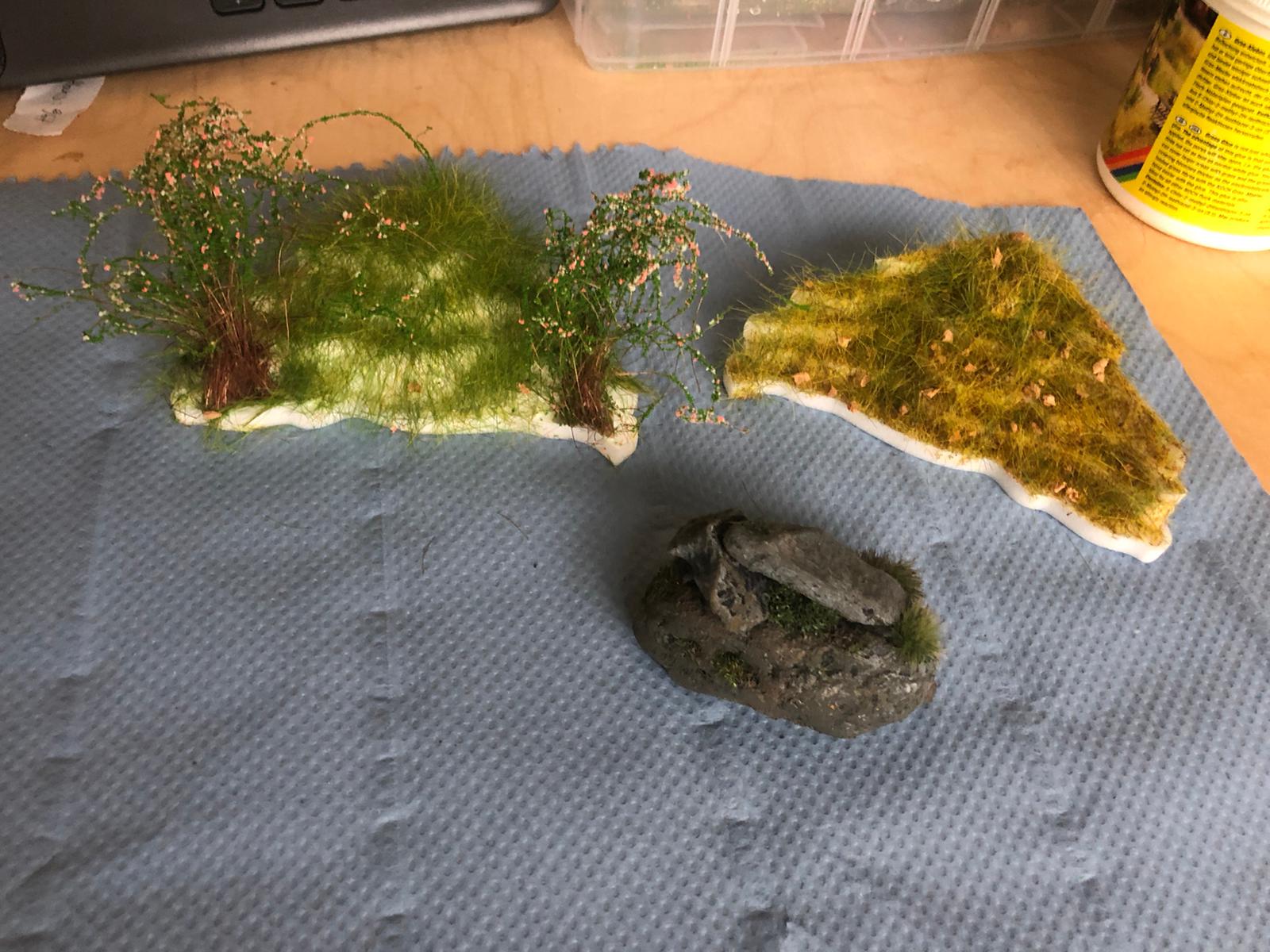
This was nice and refreshing.